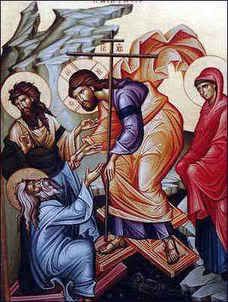 “The Sequence, which is optional except on Easter Sunday and on Pentecost Day, is sung before the Alleluia” (General Instruction of the Roman Missal, 64).
“The Sequence, which is optional except on Easter Sunday and on Pentecost Day, is sung before the Alleluia” (General Instruction of the Roman Missal, 64).At the beginning and end of the great Easter season, the faithful proclaim: “Death and life have contended in that combat stupendous: The Prince of life, who died, reigns immortal” (Easter Sequence); “Bend the stubborn heart and will; Melt the frozen, warm the chill; Guide the steps that go astray” (Pentecost Sequence). Yet since 1970, when the GIRM first required that these sequences be sung every year, these poetic texts have seldom been heard in parishes.
At one point in the church’s history, there were about five thousand sequences. Today, the church has retained four:
- those for the solemnities of Easter,
- Pentecost,
- the Body and Blood of the Lord,
- and the Stabat Mater for September 15, the memorial of Our Lady of Sorrows.
Today, the sequence is sung after the second reading, before the Alleluia. The texts for the four remaining sequences are found in the Lectionary while several melodies have been composed through the centuries for these texts. One particularly useful setting of the Easter and Pentecost sequences uses the tune O FILII ET FILIAE (“Ye sons and daughters”). This familiar tune allows not only the assembly to sing alternating verses with a cantor or choir, but also provides a smooth transition into the Gospel acclamation after the final verse during which the whole assembly stands for the procession of the Gospel book.
No comments:
Post a Comment